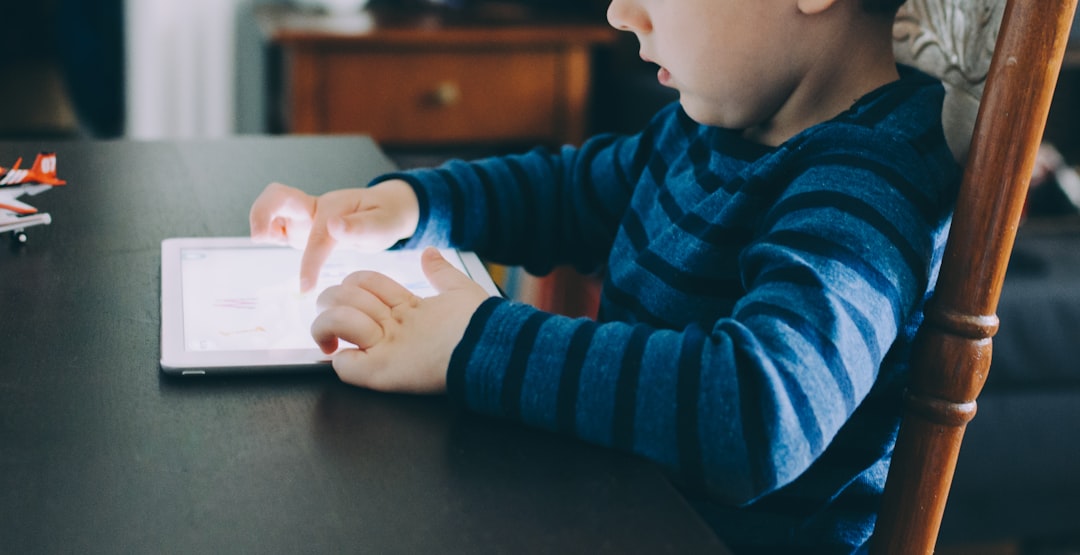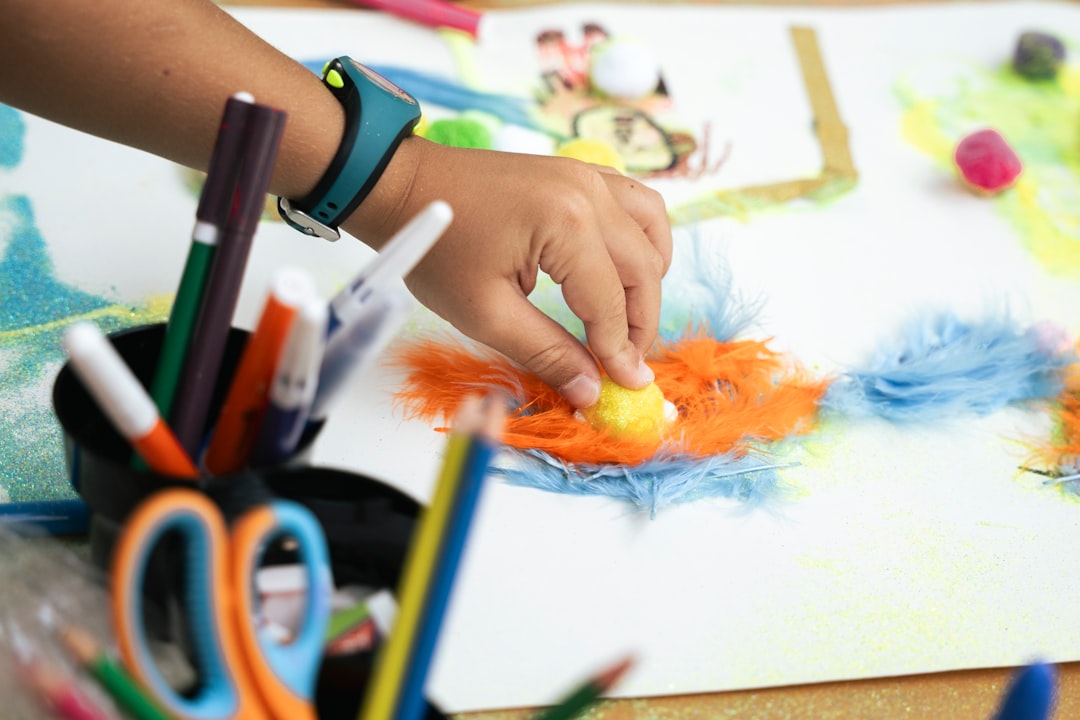In the current landscape of education, where flexibility and personalization are increasingly sought after, learning at home presents a unique opportunity to tailor educational experiences to the specific needs and pace of each child. This article explores various innovative strategies that can be employed to enhance the learning environment at home, ensuring it is both engaging and effective. From leveraging technology to creating a conducive learning space, the aim is to empower parents and guardians with tools and ideas that foster a love for learning and promote intellectual growth outside the traditional classroom setting.
The Role of Technology in Home Education
In today’s digital age, technology plays a pivotal role in shaping educational experiences. At home, it can be a gateway to a vast array of resources. Interactive apps, educational websites, and virtual tutoring can transform the home into a dynamic classroom. For example, platforms like Khan Academy offer lessons on a wide range of subjects at no cost. Meanwhile, apps like Duolingo make learning new languages fun and accessible. However, it’s important to balance screen time with other forms of learning to maintain a healthy and diverse educational diet.
Creating an Inspiring Learning Space
The physical environment where a child learns can significantly influence their ability to focus and absorb information. Designating a specific area in the home as a learning zone helps children associate this space with education and creativity. This space should be well-lit, free of distractions, and stocked with necessary supplies like paper, pencils, and reference books. Personalizing the space with items that reflect the child’s interests can also make learning more enjoyable and relevant.
Incorporating Practical Life Skills
Learning at home isn’t confined to academic subjects. It’s an excellent opportunity to teach children practical life skills that they may not necessarily acquire in a traditional school setting. Cooking, gardening, basic finance, and even DIY projects can be educational and fun. These activities not only teach valuable skills but also provide real-world applications of math, science, and reading, reinforcing academic concepts in a practical context.
The Importance of Physical Activity
Physical education is often overlooked when planning a home education curriculum. Regular physical activity is crucial for children’s health and can also enhance cognitive function. Setting aside time for exercise, whether it’s yoga, dance, or outdoor sports, can improve focus, mood, and overall energy levels. Moreover, physical challenges can also teach important lessons about perseverance and personal improvement.
Engaging with the Community
Learning at home doesn’t mean isolation. Engaging with the local community can provide enriching educational experiences. Many communities offer workshops, science camps, library programs, and more, which can supplement home learning and help children develop social skills. Furthermore, these interactions can introduce children to new interests and career paths, expanding their horizons beyond the home environment.
By embracing these strategies, parents and guardians can create a comprehensive and stimulating educational experience at home. This approach not only supports academic achievement but also fosters a well-rounded development, preparing children for a variety of future challenges and opportunities.



